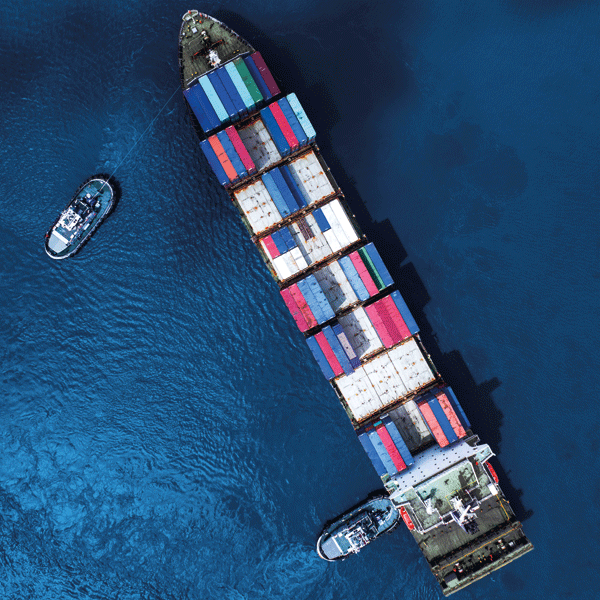
As a true cornerstone of a wide range of manufacturing supply chains, chemistry acts as a “barometer” of the global economy. Only ten years ago, emerging countries - mainly producing feedstock and high volumes of low added value basic chemicals - accounted for one third of global production. Today, they hold a 65% quota. The new global equilibrium of supply and demand, as well as political and environmental risks, point to the upcoming “end of something” in a sector that will be facing profound changes in the coming years.
In a nutshell, this is the message that emerges from The End of Something, a new focus by the SACE (CDP Group) Research Office published at the end of December 2018 in collaboration with Maire Tecnimont and Eurochem. The study focuses on Italian exports in the petrochemical sector, a sector in which new global equilibria of supply and demand, as well as political and environmental risks, are indeed pointing to an upcoming “end of something.”
Notwithstanding the significant downsizing of its chemical and petrochemical industries in recent years, Italy continues to boast a top-notch engineering and construction sector that successfully competes on all international markets. The companies operating in this sector, which are often hampered by their size, are increasingly aware that a system approach is key to face international challenges. In the past, being in the right place – near to low-cost raw materials – represented a guarantee of success in this sector. However, investment opportunities based on feedstock advantage will increasingly diminish over the medium and long-term period. Global petrochemical enterprises will have to plan beyond mere “geographical good fortune” and implement strategic development plans.
Many emerging economies - and especially China - will gradually move towards a stage of consumption maturity and shift to services and high added value products. This will cause a global slump in the demand for basic petrochemical products. Supply will have to be repositioned to address this new challenge, focusing on innovation and new niche markets. In fact, the petrochemical industry will once again face the challenge that originally led to its success: the ability to invent new and more efficient solutions to replace traditional materials (paper, glass and metal).
Petrochemical Industry Plants – When the Supply Chain Works
In this context, it is important to remember the fact that the chemical industry is one of the economic sectors that best resisted and reinvented itself after the 2008 crisis. Indeed, in many cases, it emerged strengthened respect to international competition. In fact, Italy is not only the third European producer of chemicals after Germany and France (chemicals are the third most exported goods after mechanics and means of transport), but also places fourth in terms of sector quota growth on the added value of the Italian industry (+ 0.6% between 2007 and 2015).
Thus, thanks to a system approach, which notwithstanding its limited dimension performs excellently on the international panorama, the large contacts sector (which shares with chemistry the main dynamics of supply and demand, namely engineering and plant development) will continue use cutting-edge technology and quality products requiring high specialisation as levers to provide services to global clients.
After the issues encountered in recent years (mostly concerning oil & gas projects), the outlook is positive and the 2018-19 period is viewed with optimism by companies, especially with regard to foreign markets. The Middle East, Asia and Sub-Saharan Africa promise significant developments, while Latin America and the national market tend to lag and are not considered very favourable.
With regard to the future, the petrochemical sector presents interesting new investment opportunities in the United States and Canada, thanks to the low cost of feedstock (shale gas and derivatives); in many Middle Eastern countries, Russia and the Commonwealth of Independent States (CSI), Northern Africa (Egypt and Algeria) and Asia (India, Thailand, Malaysia, Indonesia and Vietnam), thanks to demographic growth; and in Europe (Belgium, France, Poland, Turkey) thanks to interesting new initiatives.
Furthermore, over a year ago, the Maire Tecnimont Group kicked off Project Seenergy, dedicated to key suppliers, which aims to share and develop a new approach to entrepreneurial competition based on the synergies and added value created by industrial cooperation. The industrial scenario objectives include the need to invest in innovation to safeguard competition and to pay greater attention to environmental issues. In the meantime, let’s not forget that the market keeps moving south and east, while projects continue to grow increasingly complex.